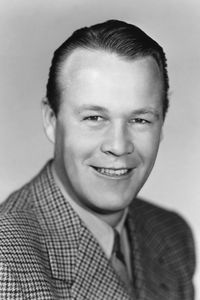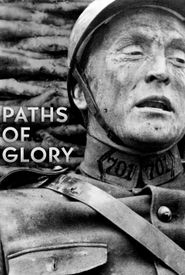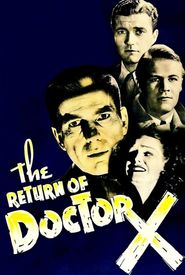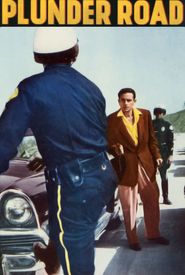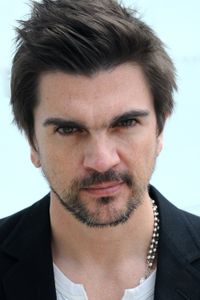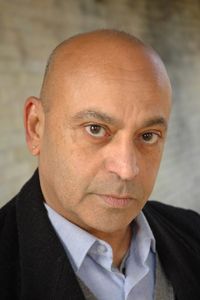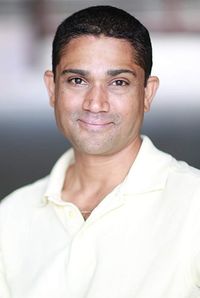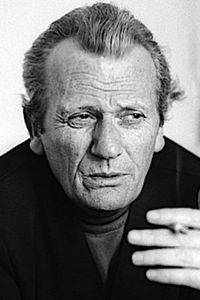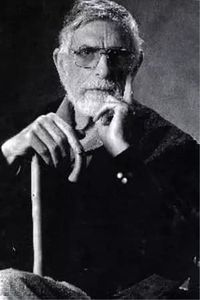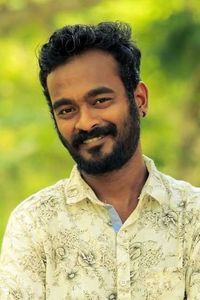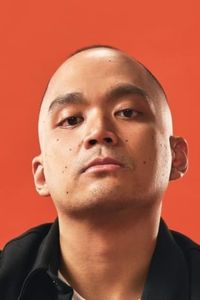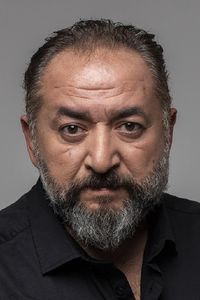Noted American actor, Morris, initially rose to fame as a cheerful and charming juvenile, only to see his career decline following World War II, during which he distinguished himself as a highly decorated hero.
Born in Los Angeles, Morris began his journey by playing football at Los Angeles Junior College, before transitioning to a career as a forest ranger. Returning to academia, he honed his acting skills at Los Angeles Junior College and the renowned Pasadena Playhouse. A Warner Bros. talent scout discovered him at the Playhouse, leading to a contract with the studio in 1936.
With his striking blond hair and open-faced charm, Morris was perfectly cast as the boy-next-door type and quickly achieved success in the title role of Kid Galahad (1937). During the production of Flight Angels (1940),Morris developed a passion for flying and eventually became a licensed pilot.
As war loomed, Morris joined the Naval Reserve and became a Navy flier in 1942, leaving his film career behind for the duration of the conflict. He was assigned to the aircraft carrier Essex in the Pacific, where he shot down seven Japanese planes and contributed to the sinking of five ships. For his bravery and skill, Morris was awarded four Distinguished Flying Crosses and two Air Medals.
Following the war, Morris returned to the film industry, but his nearly four-year absence had taken a toll on his stardom. He continued to appear in movies, but the quality of his work suffered. As he transitioned into character roles, Morris's youthful looks began to fade, but his affable demeanor remained intact.
In the 1950s, Morris primarily appeared in low-budget Westerns, with a notable exception being his performance as a weakling in Stanley Kubrick's Paths of Glory (1957). This standout performance might have reignited his career as a character actor, had he lived beyond his 45th year.
Tragically, Morris suffered a massive heart attack while visiting the aircraft carrier Bon Homme Richard in San Francisco Bay and was pronounced dead upon arrival at Oakland Naval Hospital in Oakland, California. His final film was not released until two years after his passing.
